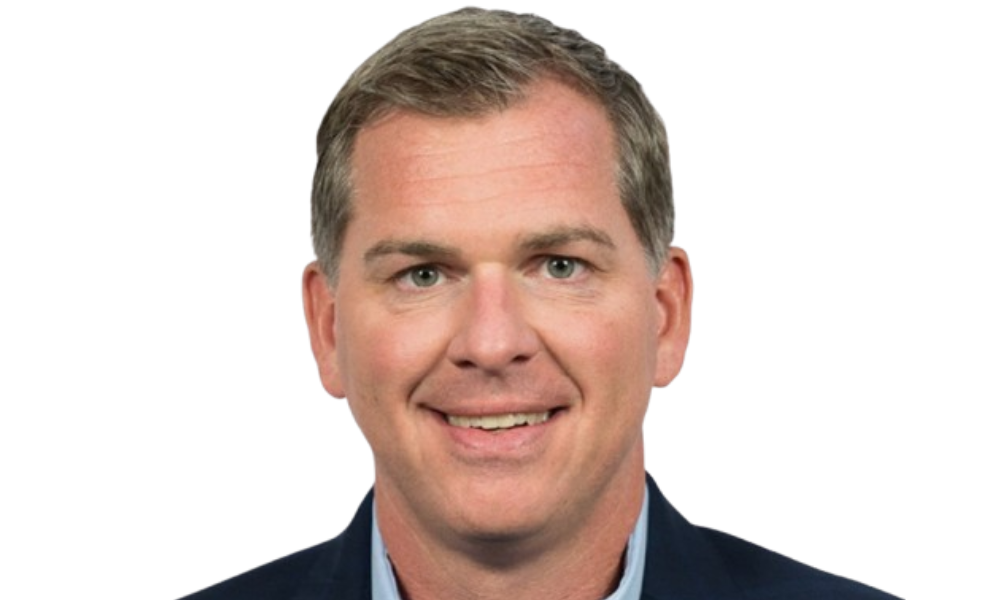Is the mutual insurance model at a crossroads?

Is the mutual insurance model at a crossroads? | Insurance Business America
Insurance News
Is the mutual insurance model at a crossroads?
Access to capital and technology challenges have put pressure on the industry
Insurance News
By
Gia Snape
Mutual insurance companies, with their distinctive structure of being owned by policyholders rather than shareholders, have been a cornerstone of the insurance industry for centuries.
Known for their community-driven focus, mutual insurers have carved out a niche as stable, customer-oriented entities. However, as the insurance landscape continues to evolve due to technology, rising capital demands, and regulatory shifts, questions are emerging about whether the mutual insurance model is becoming outdated.
But at least one industry expert is betting against this.
“The biggest advantage that mutuals have is their passion for serving their policyholders and their communities,” said Tim Fleming (pictured), chief executive of The Mutual Group. “The challenge is preserving and enhancing that while delivering the kind of service people expect from larger carriers.”
Fleming stressed that mutuals must adapt to the evolving risk environment by making difficult, sometimes unpopular decisions, such as raising rates or adjusting terms to meet the realities of inflation and increasing weather volatility.
Challenges and barriers to growth for mutual insurers
One fundamental challenge small-to-midsize mutual insurers face is access to capital. Unlike publicly traded companies or larger organizations, which can issue shares or equity to raise funds, mutuals are constrained by their ownership structure.
Since policyholders are the owners, mutual companies cannot tap into the same sources of capital as their publicly traded counterparts. While this challenge has always existed for mutual insurers, it’s exacerbated by the pressures of increased competition, technology demands, and changing market dynamics.
Fleming said smaller mutual insurers, in particular, are finding it tough to compete against the larger, well-capitalized players who have the financial resources to weather these storms.
“Smaller carriers are seeing less predictable results, and on top of that, the reinsurance market has become more difficult,” Fleming pointed out. “Reinsurers face the same challenges, making it harder for mutuals to secure reinsurance, which amplifies the volatility. Mutuals now face higher capital costs due to interest rates, creating an even bigger challenge.”
Another significant operational challenge for mutuals is the lack of access to sophisticated technology and data analytics. Larger insurance companies can invest heavily in these areas, while smaller mutuals often struggle to keep pace.
Fleming illustrated this imbalance by describing how a small mutual may have just one person handling both analytics and technology – a stark contrast to the data science teams and advanced platforms employed by the bigger players.
“That small company might have one person responsible for both analytics and IT, trying to keep up with digital trends, cloud systems, AI, and modern policy administration tools, compared to a larger company that might have hundreds of people, data scientists, and the whole army of people and data that allows them to be much more proactive,” he said.
This disparity is even more pronounced when it comes to technology investments. Large insurers have the scale and resources to experiment with new technologies, adjusting course if something doesn’t work.
But for smaller mutuals, the stakes are higher. “If something doesn’t work, it can be devastating,” Fleming said. “Meanwhile, the pressure to keep up with technology is accelerating every day.”
The Mutual Group was created to serve as a platform dedicated to small-to-midsize mutual insurers’ success. In 2023, Bain Capital Insurance invested $200 million to launch the company, and provides a combination of equity capital plus outsourced operational capabilities to improve the financial strength, flexibility and efficiency of mutual insurers.
What is the future of the mutual insurance industry
While many of the industry’s challenges can be addressed with more financial and operational support, regulators also need to play a role by allowing mutual insurers to make tough decisions: such as raising their rates.
“From a regulatory perspective, I think we have a good environment, especially here in Iowa. Our insurance division does a great job protecting policyholders and holding the industry accountable,” said Fleming. “But companies still need the space to make hard decisions—whether it’s adjusting rates to meet inflation or dealing with weather-related risks.”
Still, the question remains: Can mutual insurers adapt to the changing market dynamics while retaining the essence of what makes them unique?
Looking ahead, Fleming sees mutual insurers leaning more on collaboration and shared resources to survive and thrive. The sector has a long tradition of working together to solve problems, and pooling resources may be the key to navigating today’s challenges, whether through co-ops, affiliations, or other forms of partnership.
“Mutual insurance companies tend not to see each other with the same kind of adversarial competitiveness,” he said. “They solve problems together and work to ensure each other’s success—it’s in their DNA.”
What are your thoughts on the current challenges and opportunities in the mutual insurance industry? Please share your comments below.
Related Stories
Keep up with the latest news and events
Join our mailing list, it’s free!






